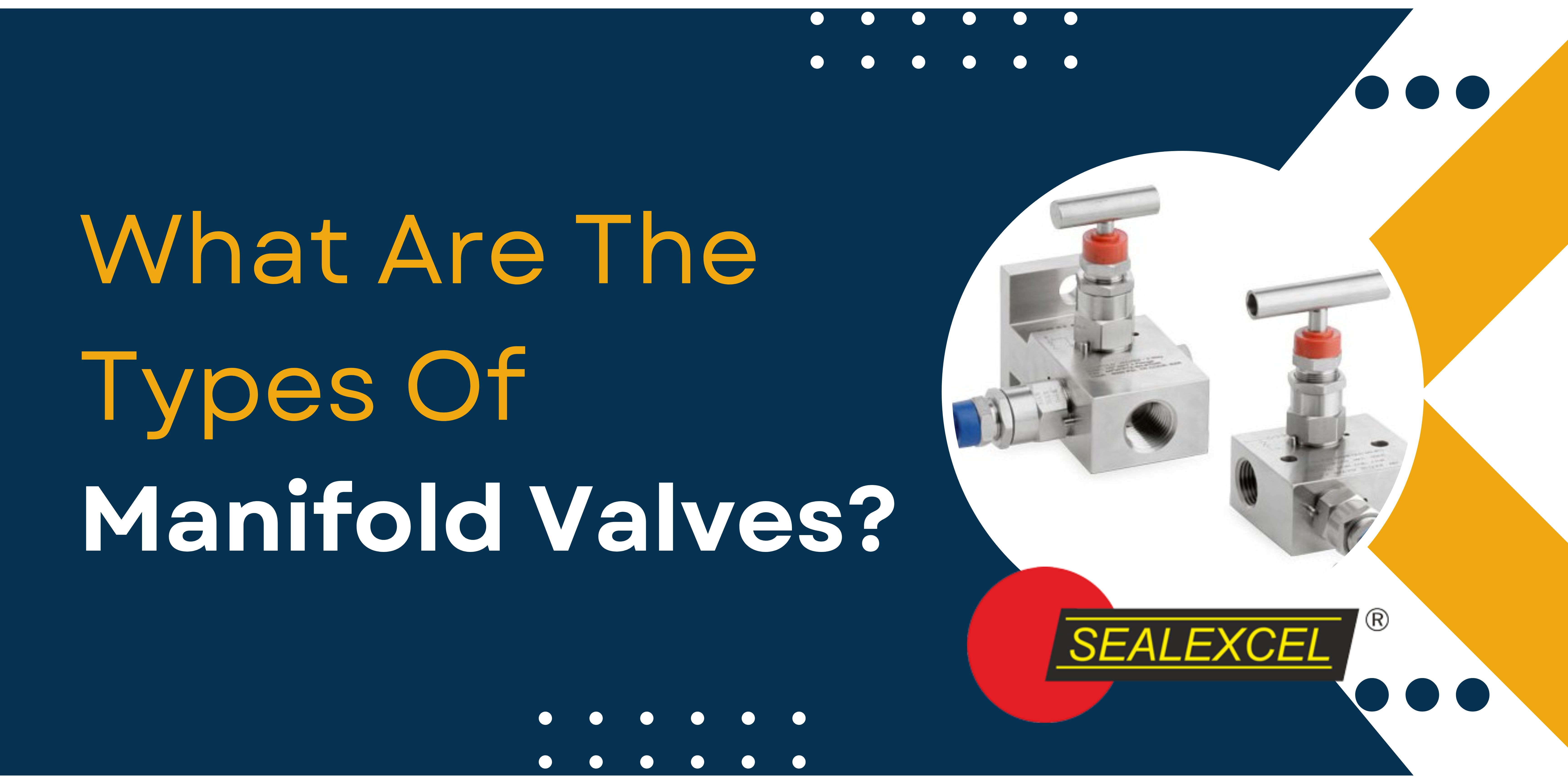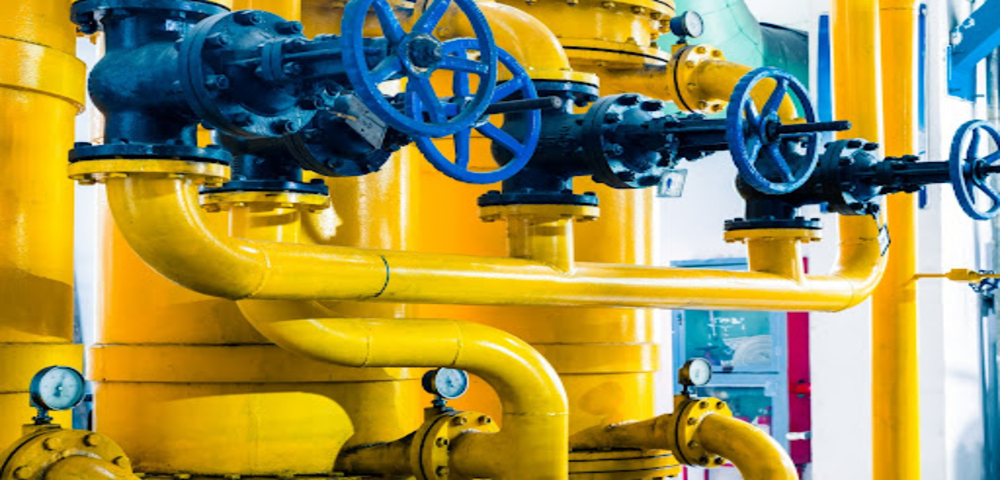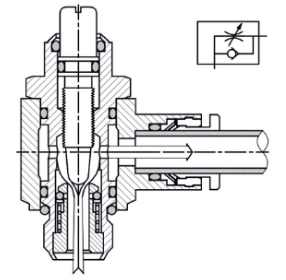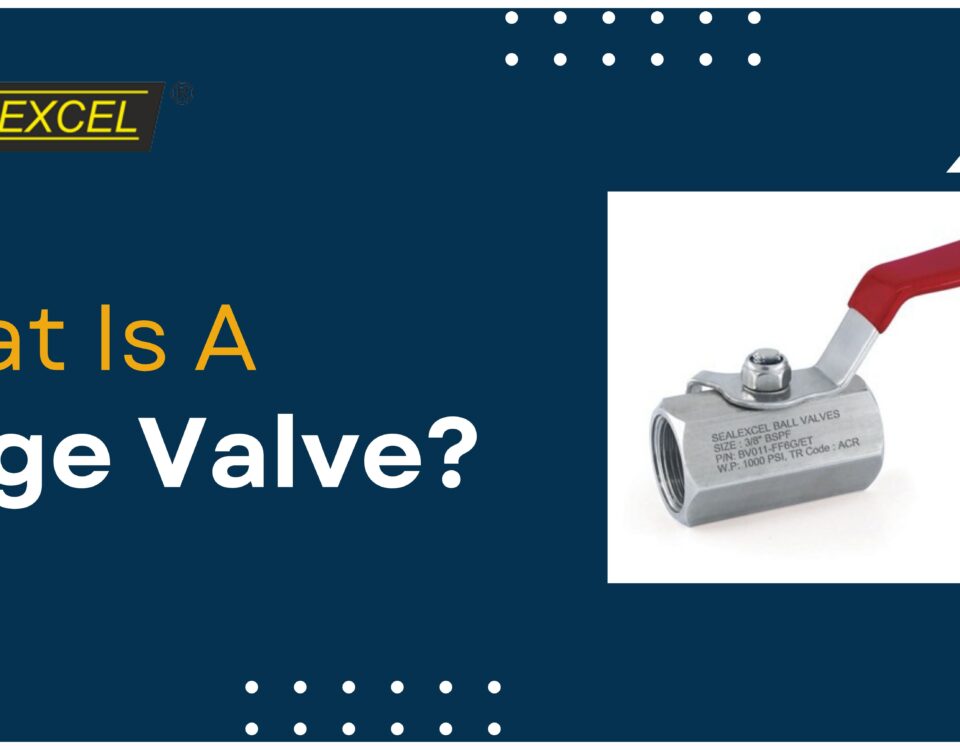
How to Select the Best Pneumatic Air Pipe Fittings for Your System?
February 5, 2023
What Are The Types Of Manifold Valves?
April 27, 2023The thing with check valves is that they are often misunderstood and overlooked. However, they do play a rather important role in water management systems. They are also a staple in almost all industrial applications.
What is a check valve?
Check valves can be described as components that could be fitted onto the ends of channels and pipes, and they act as non-return or one-way valves that open under pressure. While water could travel out of the same the opposite is not true – it cannot travel back through the same. These products come in a wide array of sizes, materials, and designs. This is especially so when you get them from the best check valve manufacturer. Remember that all the aforementioned factors may affect how efficient such a component is. Check valves are also used to process a wide range of fluids, gases, and materials.
How do check valves work?
These valves are a common sight in all industrial scenarios where they are used to remove contaminated fluids such as wastewater. Check valves have single outlets and inlets through which water can pass but it cannot pass back up the same. These valves operate based on pressure differential. In the context of these valves pressure differential is a situation where the pressure of the water within the valve is higher than the pressure that keeps the valve closed.
What is a water hammer?
The phenomenon of water hammer is also known as valve slam. This is the situation where the flow reverses before the valve is closed totally. Once the valve has closed the flow direction changes suddenly and the resultant velocity leads to a water hammer.
The different kinds of check valves
Following are the various kinds of check valves:
- flap or swing check valves
- ball and spring check valves
- duckbill check valves
Apart from these, you have other designs like dual plate types that are also known as butterfly check valves, plug type check valves, and ball type check valves. The type you use depends on the project where you are applying it.
In-line check valves
The term in-line component can be used to refer to every useful object in a circuit that is attached to a fluid conduit that is adjacent to it. This is a check valve that has been placed in line. They are used either to upgrade existing systems or enhance them. The main purpose of an in-line check valve is to make sure that pressure is not transmitted backward.
How to select the right check valve?
There are certain factors that you need to focus on in this particular context:
- application
- flow rate
- inlet pressure
- back pressure
- location
Also, make sure that you get them from the best check valve manufacturer. Focusing on these factors would help you make the right choice among the numerous choices in this context.
The check valve symbols
There are two main options in this context – the standard symbol and the symbol where spring rating is important. In the standard symbol, the flow is permitted from the bottom of the pipe and not the other way round. In the second case, the valve would only permit the flow when the pressure at the top is lower than that at the bottom.
Conclusion
The importance of materials used to make check valves lies in the fact that it determines how long they would last and the situations that they would be able to deal with. In fact, in the context of duckbill check valves, the material has a substantial effect on the product’s quality, lifespan, and efficiency. In that sense, it is like getting the right tires for motorsports.



